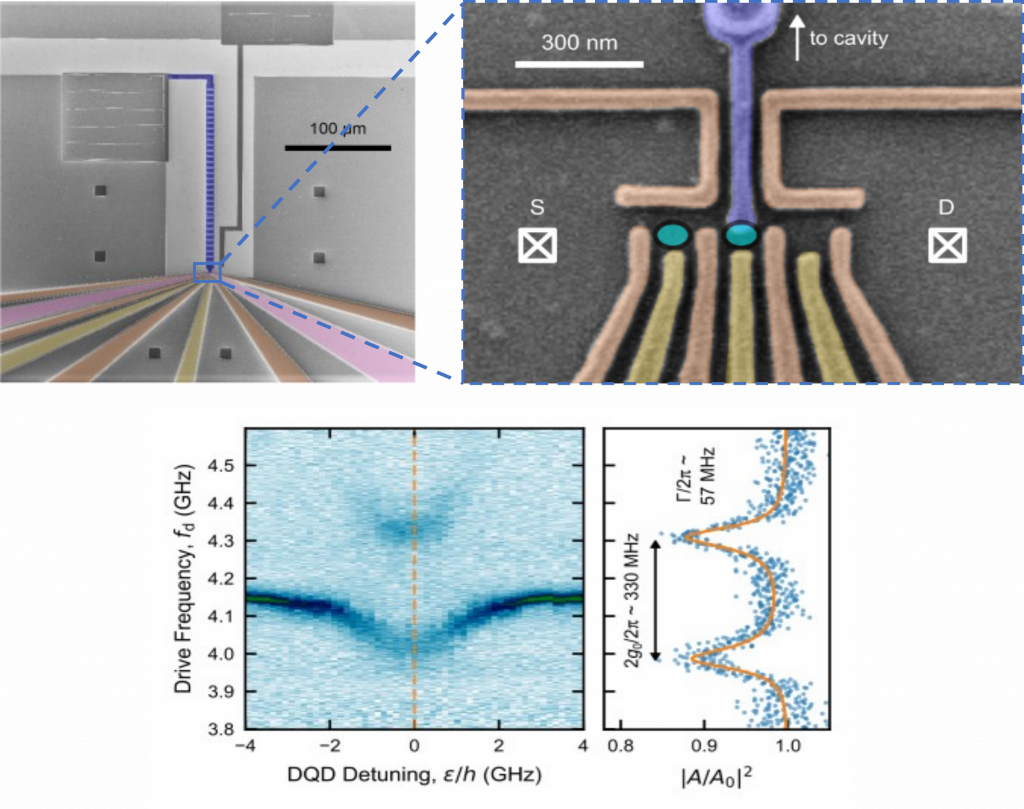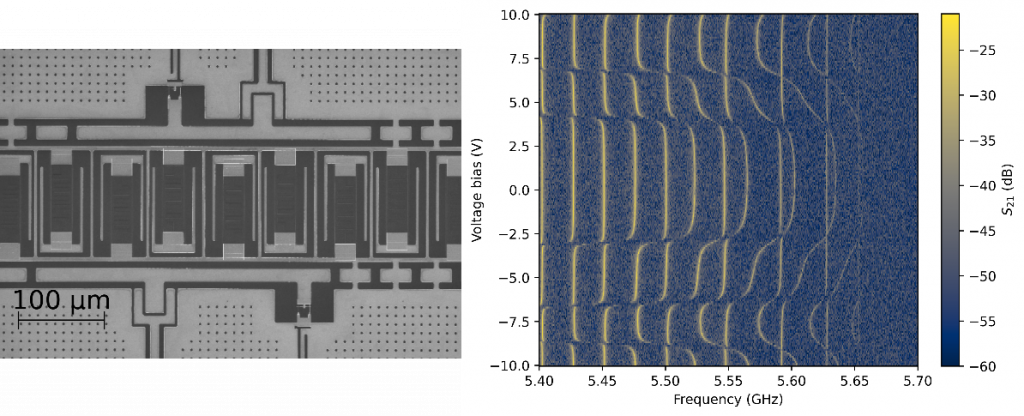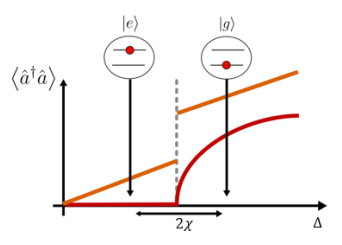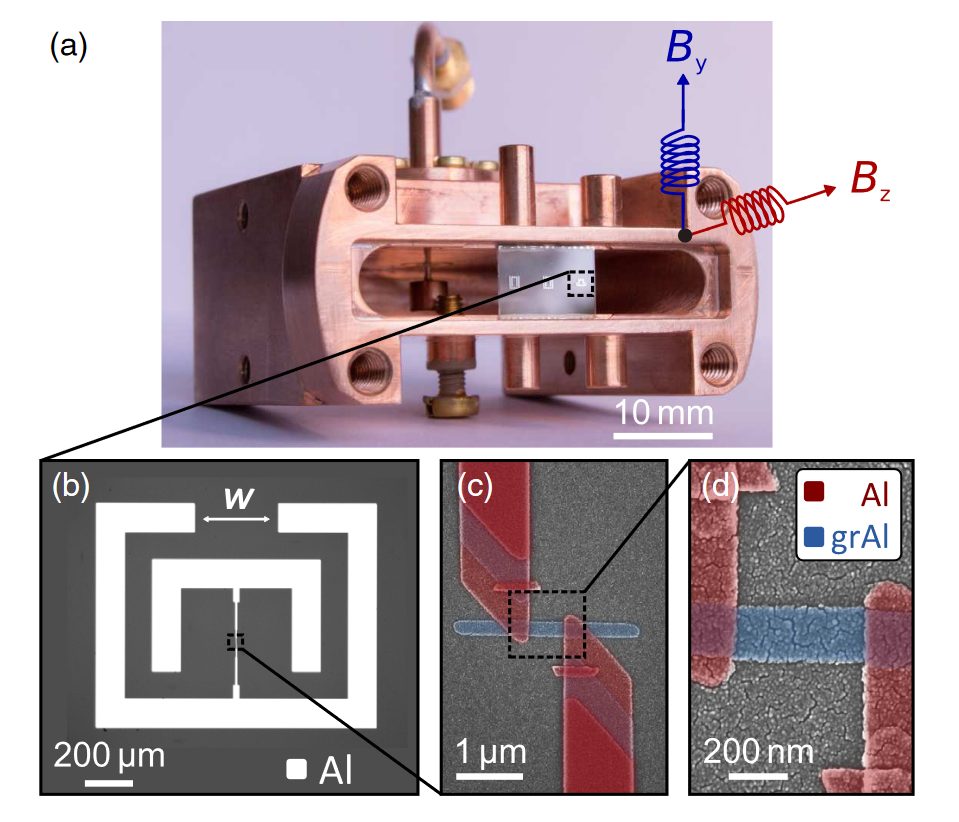Our laboratory is always open to potential new candidates: if interested, contact Prof. Pasquale Scarlino (and the project contact when applicable) with a motivation letter, a full CV and academic track records to inquire about available research positions in the laboratory.
Postdoc positions available in HQC lab
We, the Hybrid Quantum Circuits-lab (HQC), are looking for a highly motivated post-doctoral researcher to work on the design, fabrication, and characterization of superconducting-semiconducting hybrid devices. This position is immediately available, and we will be continuously evaluating applications.

Contact: Pasquale Scarlino (pasquale.scarlino@epfl.ch)
Download File: Postdoc Position HQC Lab
We are looking for a highly motivated post-doctoral researcher to work on the design, fabrication, and characterization of superconducting-semiconducting hybrid devices and superconducting metamaterials. The work will be part of the SNF project ‘High Impedance Metamaterials for Quantum Simulation with Semiconductor/Superconductor Hybrid Circuits.’ This position is immediately available, and we will be continuously evaluating applications.
PhD positions available in HQC lab
Master’s Thesis Projects:

Contacts: Franco De Palma (franco.depalma@epfl.ch), Fabian Oppliger (fabian.oppliger@epfl.ch)
Download File: Master Hybrid QDots
The project is going to aim to model, design and perform measurements on the platform. The project will consist of three main phases:
- Modelling and Simulation. In the first months, the student will learn about multimode quantum electrodynamics and atom photon bound states. The student will then simulate the platform.
- Design and Fabrication. The student will learn how to design and fabricate the device.
- Measurements. The device will then be measured in a LD250 dilution refrigerator, a cryogenic system capable of reaching temperatures in the range of 10 mK.

Contact: Vincent Jouanny (vincent.jouanny@epfl.ch)
Download File: Master AtomPhotonBoundStates
In this project, you will implement and investigate critical quantum sensing for qubit readout. The system under consideration will be a transmon qubit coupled to a parametrically pumped superconducting microwave resonator, known to exhibit phase transitions.

Contact: Guillaume Beaulieu (guillaume.beaulieu@epfl.ch)
Download File: Master Critical Qubit Readout
Description
The project is going to aim the model, design and test readout resonators and superconducting components in grAl material platform. The project will consist of three main phases:
- Preparation and Characterization. In the first months, the student will learn about grAl and fabrication techniques, how to characterize the films and how to simulate and tune the main design parameters of superconducting resonators.
- Design. The student will focus in designing and fabricating the readout resonators, potentially to couple with other platforms.
- Testing. The chip will then be tested in a LD250 dilution refrigerator, a cryogenic systems capable of reaching temperatures in the range of 10 mK.

Contact: Camille Roy (camille.roy@epfl.ch)
Download File: Master GrAl